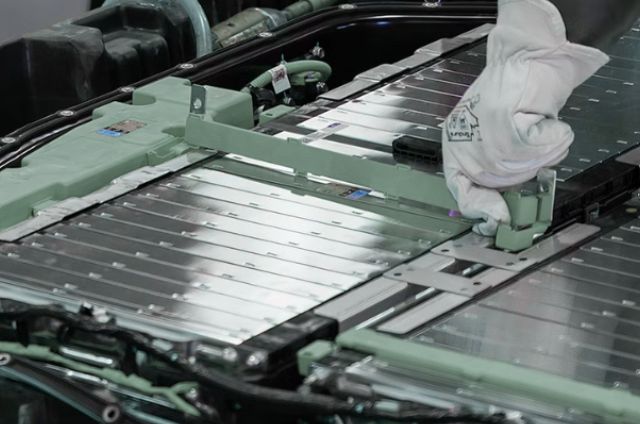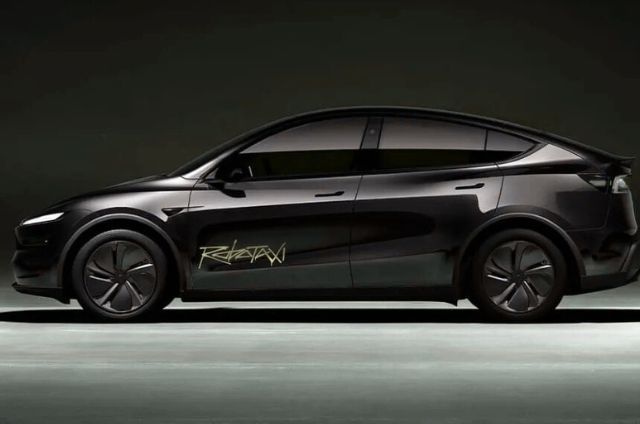Tesla Cuts Its Dependence on China
Tesla just unveiled its nearly finished lithium-iron-phosphate (LFP) battery cell factory in Nevada. This marks a big step to reduce reliance on Chinese battery makers like CATL. Why does that matter? Because all of Tesla’s cheapest EVs and its energy storage systems — from Megapacks to Powerwalls — run on affordable LFP cells, mostly made in China.
Dodging Tariffs with Made-in-USA Batteries
Trade tensions have made things messy. Chinese battery cells face a 25% tariff that could shoot even higher soon. Tesla saw this coming. Years ago, it secured old production equipment from CATL to kickstart local LFP cell production. Now, the new Nevada factory is almost done — Tesla says it’s “nearing completion” and ready to roll.
How Big Will Tesla’s Factory Be?
This new plant aims to produce around 10 GWh of LFP cells every year. It’s a smart move to feed Tesla’s giant Megapack energy storage business, which already has 40 GWh of production capacity in California and more coming online in Texas. That’s a lot of batteries — and a lot less money lost to tariffs.
Ford’s Bigger LFP Bet
Tesla’s not alone. Ford is building an even larger LFP battery factory in Michigan with a planned capacity of 35 GWh per year. While Tesla’s project is smaller, it sets a new standard for other automakers feeling tariff pain.
A Nod to LFP’s Roots
Ironically, LFP tech began in North America, thanks to pioneering work by John B. Goodenough and other researchers. But China saw the future first and invested heavily. Now Tesla wants to bring some of that power back home.
The Bottom Line
Tesla’s new factory won’t catch BYD or CATL overnight. But it’s a sign the US wants to reclaim its piece of the battery game — no matter what happens with tariffs and trade wars.



